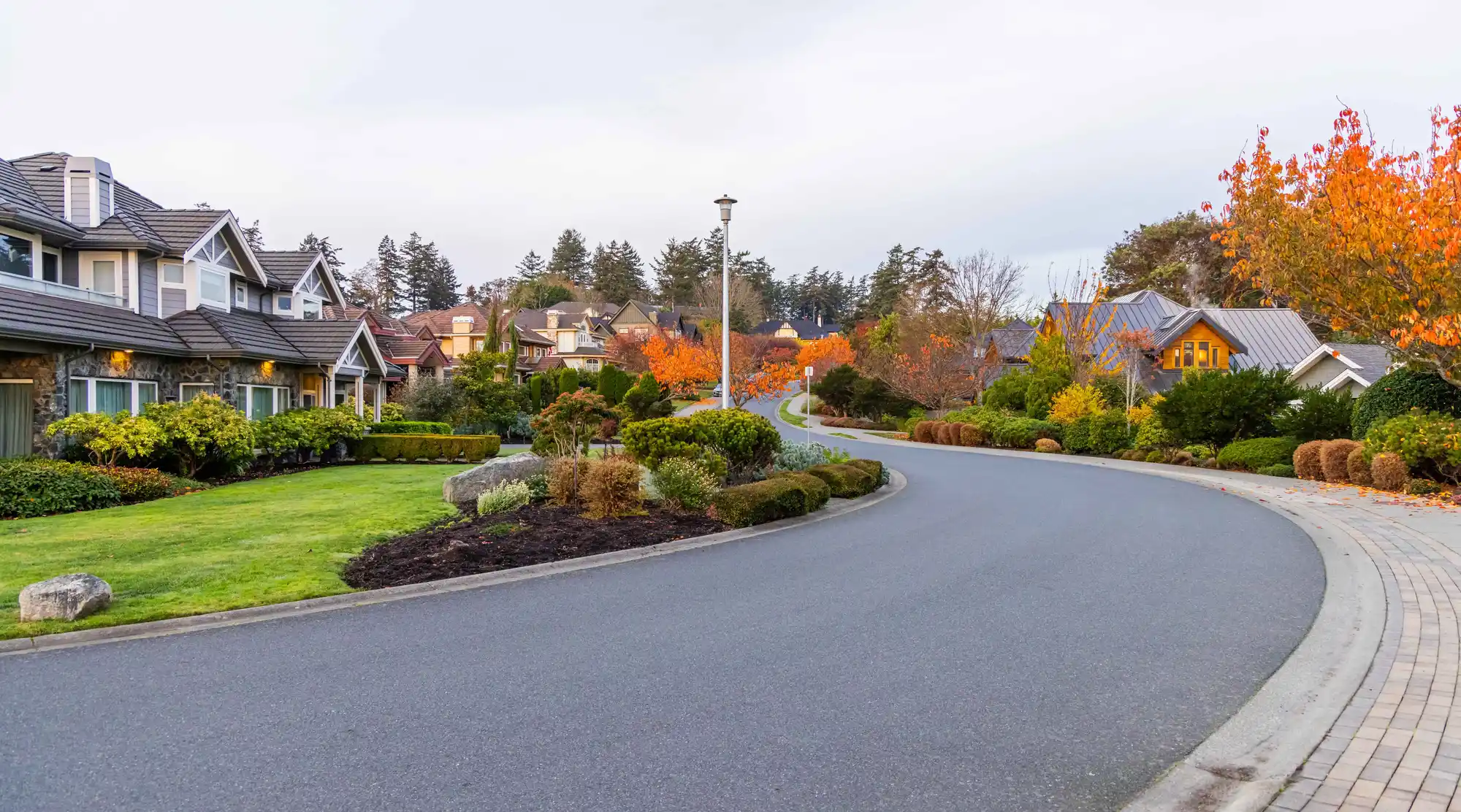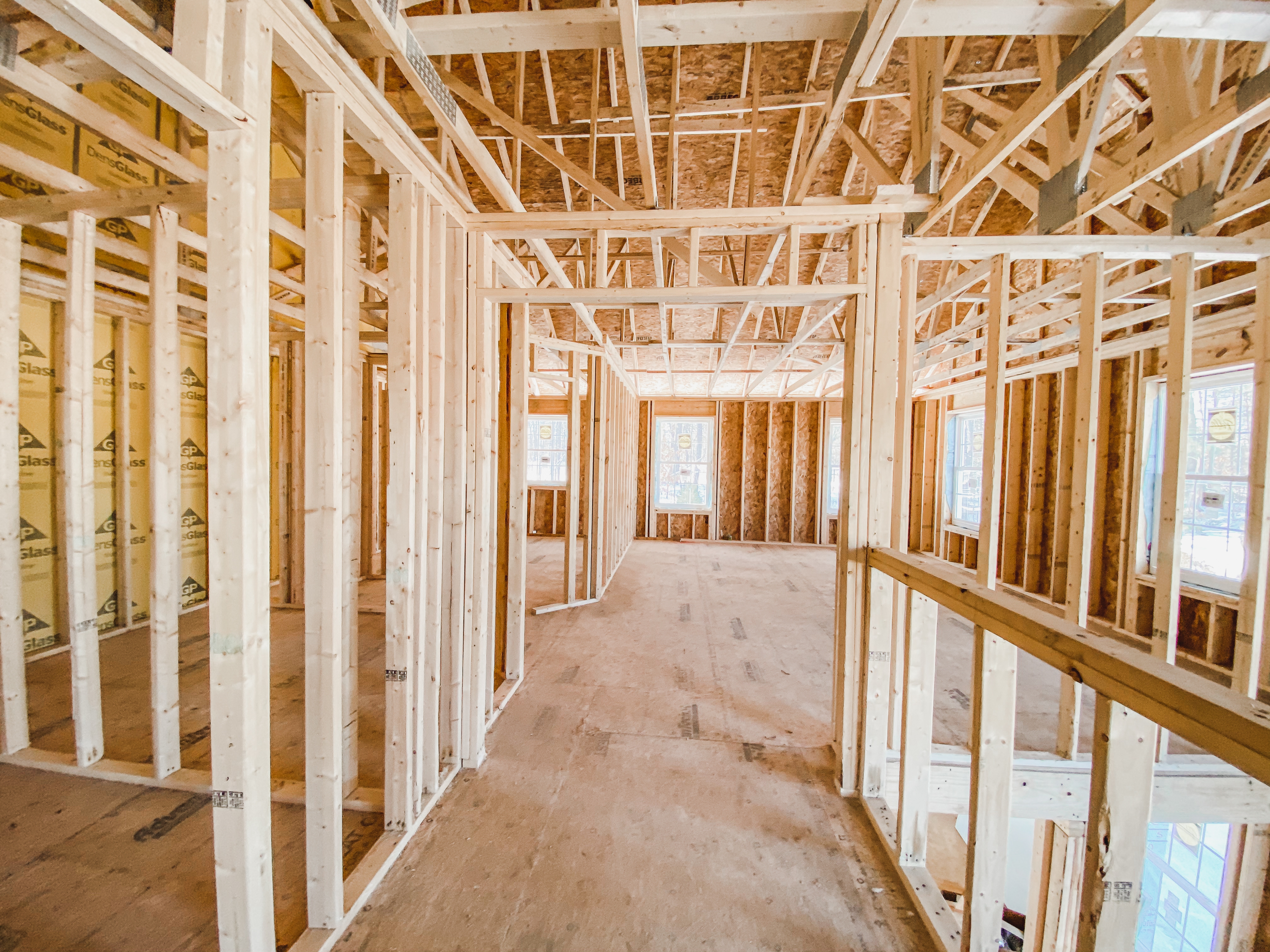A community in North Carolina experienced a disruptive developer turnover after a longer-than-expected development period. Factors contributing to the length of the development phase included changes in the real estate market during the Great Recession. The original developer lost funding, resulting in some parcels in the community being bought and sold by subsequent developers and builders, making what was supposed to be a large luxury community into a much smaller one with different amenities than initially planned.
Owners who bought properties early in the initial development stage did not receive the end result they felt they were promised. Additionally, members distrusted the management company due to misunderstanding its role in the process and the general relationship between developers and third-party HOA management firms. To address these challenges, the community sought CAMS' guidance and expertise.
Challenges Faced by Homeowners and the Community
Many issues in this community resulted from developer turnover, how long it took to transition governance to the homeowners, and a misunderstanding of the roles of the board, developer, and management company.
Excessive Developer Activity
The 2008 real estate market crash heavily affected the community, leading to disruptive changes in the overall development plan and turnover, which increased the frustration of the homeowner membership.
Dissatisfied Homeowners
- Speculations regarding the root causes of the issues and the responsible parties in the community were posted on social media, breeding mistrust and anger within the neighborhood.
- Board actions were seen as conflicting with the owners' best interest and in the interest of the developer. As the declarant board comprised the developers' and consultants' representatives, there was always a level of speculation and mistrust.
Misunderstanding of the Role of Management Company
- Many community members did not understand the management company's role, scope of authority, and limitations. The homeowners perceived the management company as the entity that sets policy and creates rules. They did not understand that the management company was there to offer guidance and facilitate the policies and regulations as set forth by the board.
Solution: Actions Taken by CAMS and the Board of Directors
The community’s board of directors partnered with CAMS to improve the community and boost resident morale. Much of the solution centered around educational efforts to help residents understand the responsibilities of various parties.
Member Education
- Provided clear information on the responsibilities of board members, homeowners, and the management company.
- Facilitated productive dialogue among the management company, board members, and homeowners.
- Focused on educating those willing to learn about the community’s history and the path forward.
Improved Engagement and Understanding
- Board members and owners invested time in understanding the issues and worked to educate all parties to ensure informed decisions.
- CAMS and the board continued working towards comprehensive solutions to ensure the community’s long-term success.
- Members were encouraged to remove emotion from discussions and focus on the facts.
Implemented a new Management Team
- A new community management team with no prior negative associations with the community helped alleviate existing animosities.
- Provided consistent workforce support.
Leveraged Experience
- Used CAMS extensive industry experience to guide the community through its issues and find viable solutions.
Outcome: Current State of the Community and Resident Satisfaction
The educational opportunities provided to board members and residents have resulted in better decision-making and a clearer understanding of community associations' operations.
Improved Decision Making
- The community appointed practical individuals to decision-making roles; some formerly dissatisfied members gained new perspectives and understood the real issues.
- Strategies are now developed to address issues proactively.
Positive Engagement
- Positive involvement from community members has fostered a collaborative atmosphere. Working with the homeowner volunteer boards and committees, CAMS continues to guide them through the work and challenges ahead. Now that the community has begun to see what it will take to succeed now and in the future, they have continued to seek our guidance and opinions.
- Regular homeowner forums are being held for the membership to attend and ask questions about the association's business. The homeowners are invited to provide feedback at the forums and through regular surveys to ensure the board focuses its limited resources on items the community cares about.
- Holding open office hours at the community center, during which homeowners can meet with the association manager and ask questions or submit concerns.
These efforts have improved the relationship between the membership, the board, and the CAMS management team. The relationship tends to remain dynamic and ever-evolving but continues toward a more stable and open partnership in the future.
CAMS and the board of directors successfully addressed the community's numerous challenges through education, transparency, and strategic engagement. By understanding the issues, educating the community, and implementing a proactive management approach, CAMS transformed a contentious environment into a more harmonious community.


